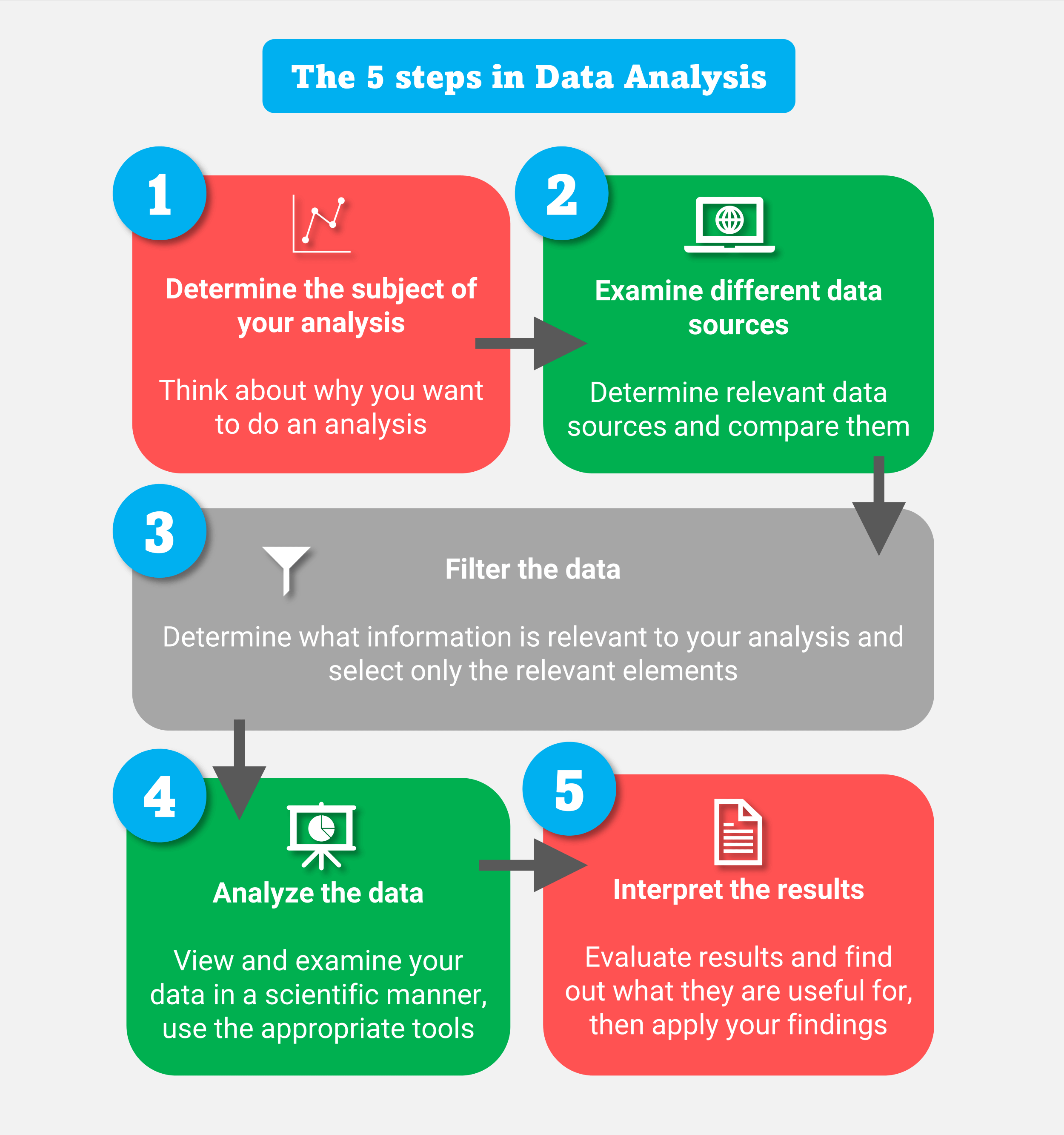Statistics and probability are fundamental concepts in mathematics that have numerous applications in various fields, including science, engineering, economics, and finance. Understanding the basics of statistics and probability can help individuals make informed decisions, analyze data, and solve complex problems.
Why Are Statistics and Probability Important?
Statistics and probability are essential tools for data analysis and decision-making. They provide a framework for understanding and interpreting data, identifying patterns, and making predictions. In today's data-driven world, statistics and probability play a crucial role in many fields, including:
- Science: Statistics and probability are used in scientific research to analyze data, test hypotheses, and draw conclusions.
- Engineering: Statistical methods are used to design and optimize systems, predict performance, and minimize risks.
- Economics: Probability and statistics are used to analyze economic data, understand market trends, and make informed investment decisions.
- Finance: Statistical models are used to assess risk, predict stock prices, and optimize investment portfolios.
Statistics and Probability Applications
Statistics and probability have numerous applications in various fields. Here are some examples:
- Predictive Analytics: Statistical models are used to predict customer behavior, forecast sales, and optimize marketing campaigns.
- Risk Management: Probability and statistics are used to assess risk, predict potential losses, and develop mitigation strategies.
- Quality Control: Statistical methods are used to monitor and control the quality of products, ensuring that they meet specifications and standards.
- Medical Research: Statistical analysis is used to understand the effectiveness of new treatments, identify risk factors, and predict patient outcomes.
Common Statistical and Probability Problems
Here are some common statistical and probability problems that students and professionals often encounter:
- Hypothesis Testing: Testing a hypothesis about a population parameter based on sample data.
- Confidence Intervals: Constructing confidence intervals to estimate a population parameter.
- Regression Analysis: Analyzing the relationship between a dependent variable and one or more independent variables.
- Time Series Analysis: Analyzing and forecasting data that varies over time.
Statistics and Probability Formulas
Here are some common statistics and probability formulas:
- Mean: x̄ = (Σx) / n
- Median: M = (n+1)/2 th value
- Mode: M = most frequently occurring value
- Variance: σ^2 = Σ(x - x̄)^2 / n
- Standard Deviation: σ = √σ^2
- Probability: P(A) = Number of favorable outcomes / Total number of possible outcomes
Statistics and Probability Tables
Here are some common statistics and probability tables:
- Standard Normal Distribution Table (Z-table)
- t-Distribution Table
- Chi-Square Distribution Table
- F-Distribution Table
Statistics and Probability Software
There are many software programs available for statistical and probability analysis, including:
- R: A popular programming language for statistical computing.
- Python: A widely used programming language with many statistical libraries, including NumPy, pandas, and scikit-learn.
- Excel: A spreadsheet program with built-in statistical functions.
- Minitab: A statistical software program for data analysis and visualization.
Statistics and Probability Books
Here are some popular statistics and probability books:
- "Statistics for Dummies" by Deborah J. Rumsey
- "Probability and Statistics for Dummies" by Deborah J. Rumsey
- "Introduction to Probability and Statistics" by William Feller
- "Statistical Inference" by Casella and Berger
Statistics and Probability Online Resources
Here are some online resources for statistics and probability:
- Khan Academy: A free online platform with video lectures and practice exercises.
- Coursera: A massive open online course platform with statistics and probability courses.
- edX: A non-profit online learning platform with statistics and probability courses.
- Statistics and Probability Forum: An online forum for discussing statistics and probability topics.
Statistics and Probability Practice Problems
Here are some practice problems for statistics and probability:
- Hypothesis Testing: Test a hypothesis about a population mean based on sample data.
- Confidence Intervals: Construct a confidence interval to estimate a population proportion.
- Regression Analysis: Analyze the relationship between a dependent variable and one or more independent variables.
- Time Series Analysis: Analyze and forecast a time series dataset.
Statistics and Probability Answers in PDF Format
Here are some answers to common statistics and probability problems in PDF format:
- Statistics and Probability Answers (PDF)
- Hypothesis Testing Answers (PDF)
- Confidence Intervals Answers (PDF)
- Regression Analysis Answers (PDF)

Gallery of Statistics and Probability Images






FAQ
What is the difference between statistics and probability?
+Statistics is the study of data collection, analysis, interpretation, presentation, and organization, while probability is the study of chance events and their likelihood of occurrence.
What are some common statistical and probability problems?
+Some common statistical and probability problems include hypothesis testing, confidence intervals, regression analysis, and time series analysis.
What are some popular statistics and probability software programs?
+Some popular statistics and probability software programs include R, Python, Excel, and Minitab.
